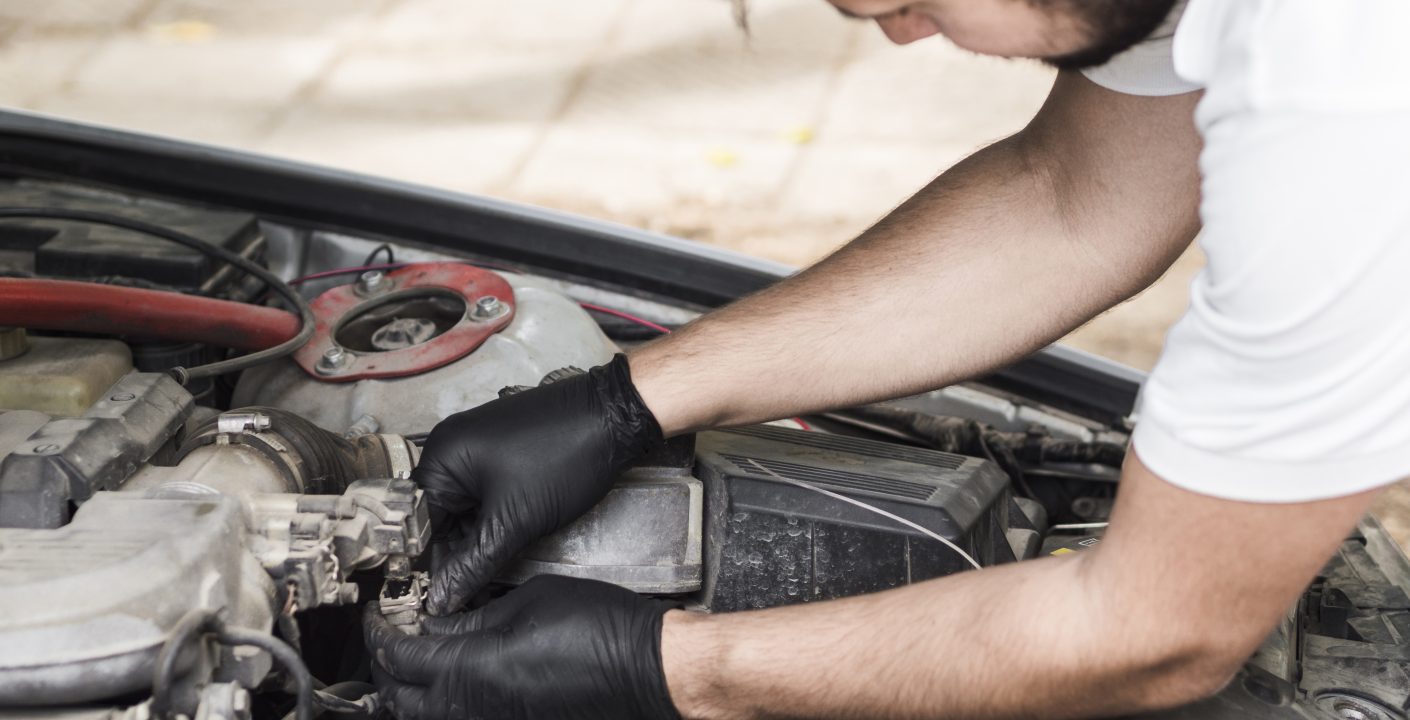Leaking Radiator Hose: DIY Car Repair

Your car’s radiator is essential for keeping the engine cool while it is running. One common problem that can occur is a leaking radiator hose. A radiator hose is an important part of a vehicle’s cooling system since it transports coolant from the radiator to the engine and back, allowing engine temperature to be controlled and preventing overheating. Radiator hoses play an important part in keeping the car functioning at peak performance by circulating coolant through the engine. A leaking hose can cause engine overheating and severe damage if left ignored. In this article, we will lead you through the procedures required to diagnose and repair a leaky radiator hose, allowing you to confidently do this DIY car repair.
Tools and Materials:
Before you start, gather or buy the following tools and materials:
- Jack and Jack stands
- Screwdriver
- Pliers
- Replacement radiator hose
- Hose clamps
- Catch basin or container
- Coolant
- Funnel
- Towel or rag
Step 1: Safety First, As Always
Ensure that your vehicle is parked on a level surface and use the parking brake. Allow the engine to completely cool before making any repairs to avoid burns from the hot coolant.
Step 2: Identify the Leaking Hose
Inspect the engine bay for signs of coolant leaks. A leaking radiator hose is often visible as a pool of coolant beneath the vehicle or damp areas surrounding the hoses. Use a torch if necessary to inspect both the upper and lower radiator hoses.
Step 3: Lift the Vehicle
Using a jack, raise the front of the vehicle and secure it using jack stands. This step is critical for improving access to the underneath of the car, where the radiator hoses are located.
Step 4: Locate the Leaking Hose
With the vehicle lifted, crawl underneath and identify the specific leaking hose. The radiator hoses are typically made of rubber and connect the radiator to the engine.
Step 5: Drain the Coolant
Place a catch basin or container beneath the radiator drain plug and loosen it to drain the coolant. Coolant is damaging to the environment and wildlife, so dispose of it appropriately.
Step 6: Remove the Leaking Hose
Using pliers, loosen the hose clamps on both ends of the leaking radiator hose. Slide the clamps away from the hose connections, and carefully remove the hose. Be prepared for some residual coolant to spill.
Step 7: Inspect the Hose
Inspect the old hose for cracks, bulges, and other signs of wear. If the hose is damaged, replace it to avoid future problems.
Step 8: Install the New Hose
Slide the new radiator hose into place, making sure it’s seated properly on both connections. Slide the hose clamps back over the connectors and tighten them using pliers. Make sure the clamps are snug, but not too tight.
Step 9: Refill with Coolant
Using a funnel, refill the radiator with the appropriate coolant. Check your vehicle’s manual for the recommended type and quantity of coolant. Be careful to adequately bleed the system to eliminate air pockets.
Step 10: Test for Leaks
Start the engine and let it run for a couple of minutes. Check for leaks around the newly installed hose. If everything appears good, turn off the engine and double-check the coolant level.
Fixing a leaking radiator hose is a simple DIY project that can save you money on costly repairs and avoid additional engine damage. Following these step-by-step instructions will allow you to solve this issue and keep your vehicle running smoothly and confidently. Remember to be cautious, prioritize safety, and refer to your vehicle’s manual for specific instructions and recommendations.
Image Credit: Image From Freepik







